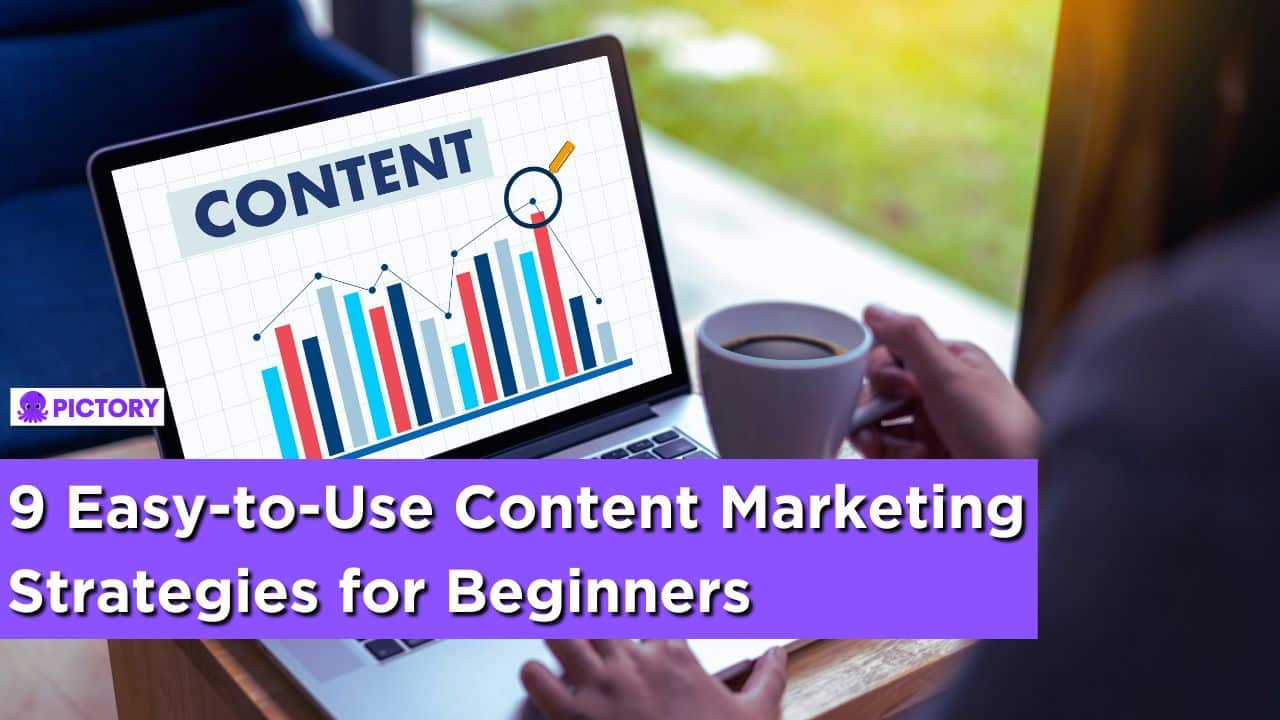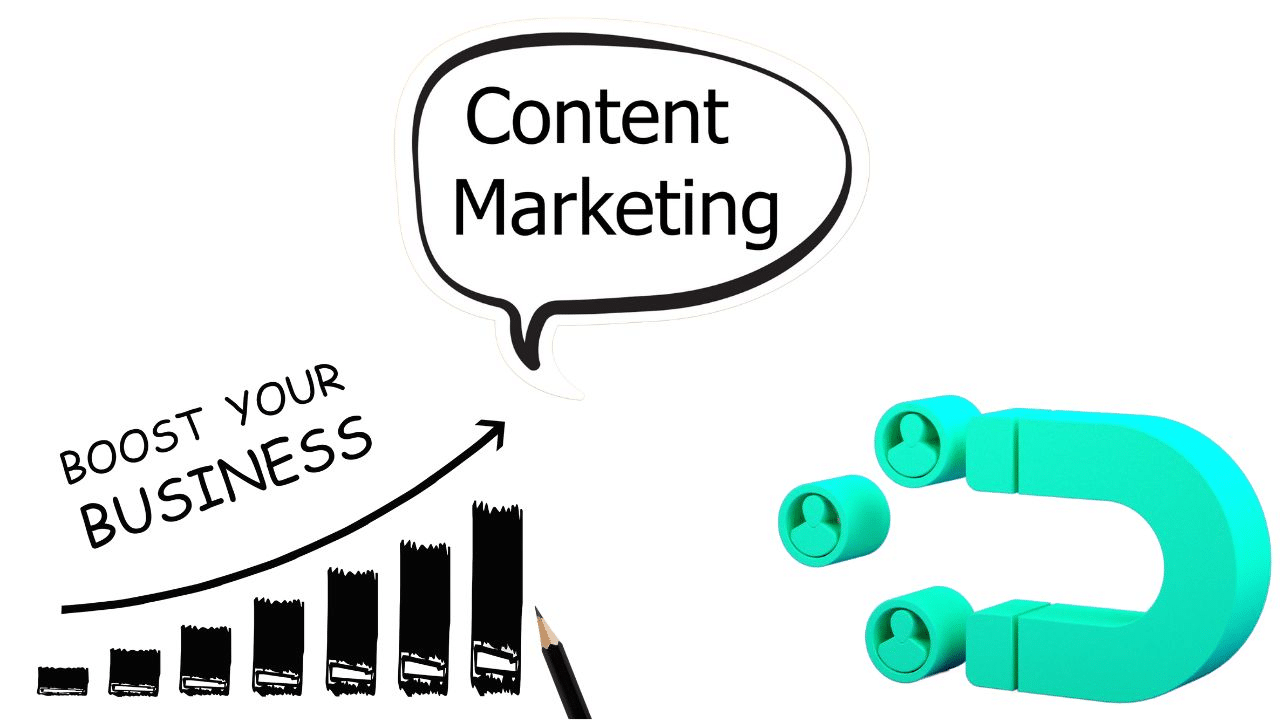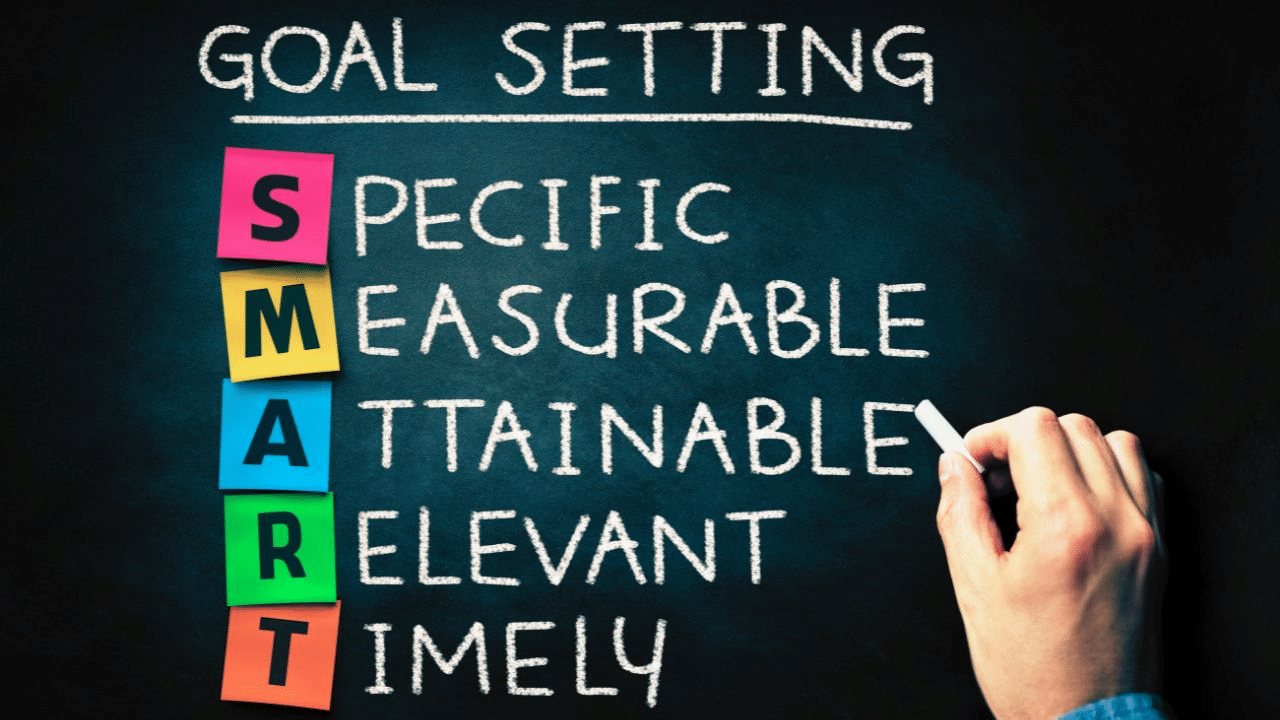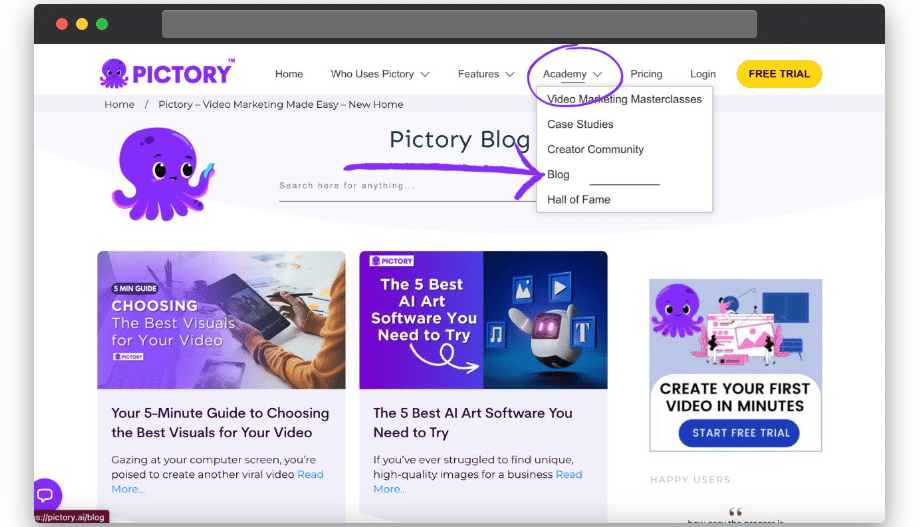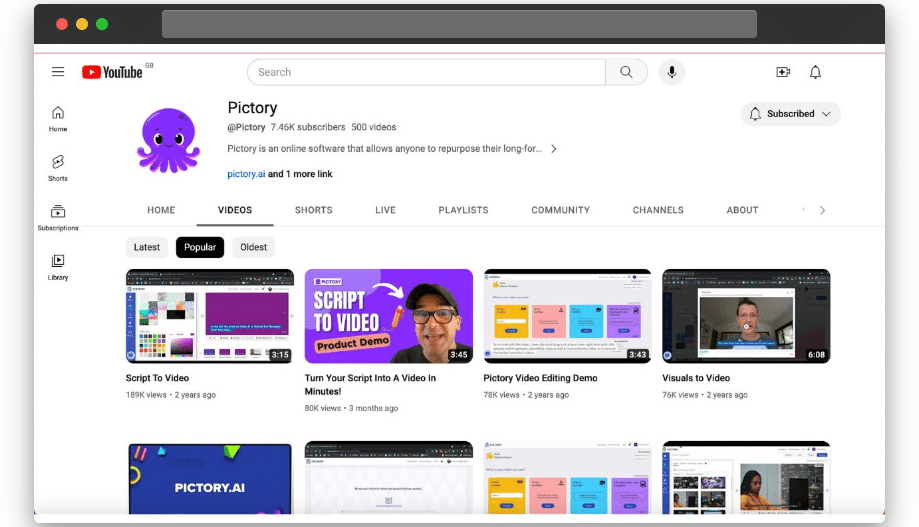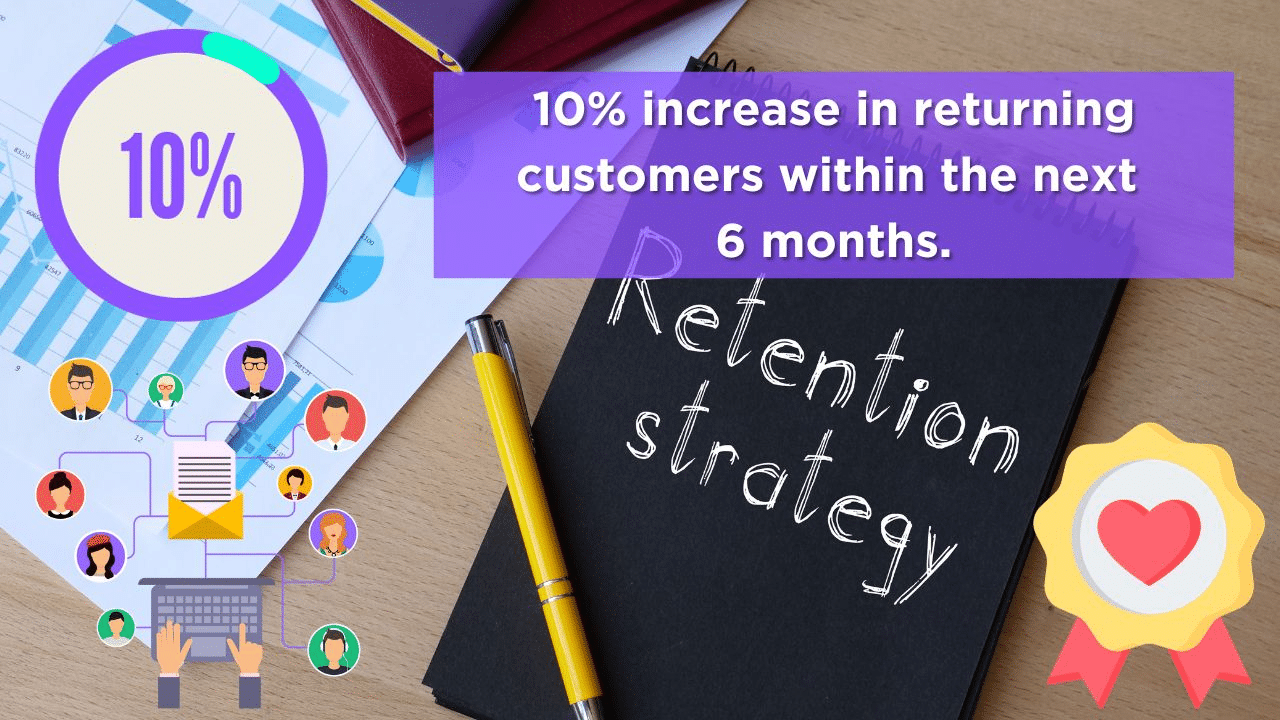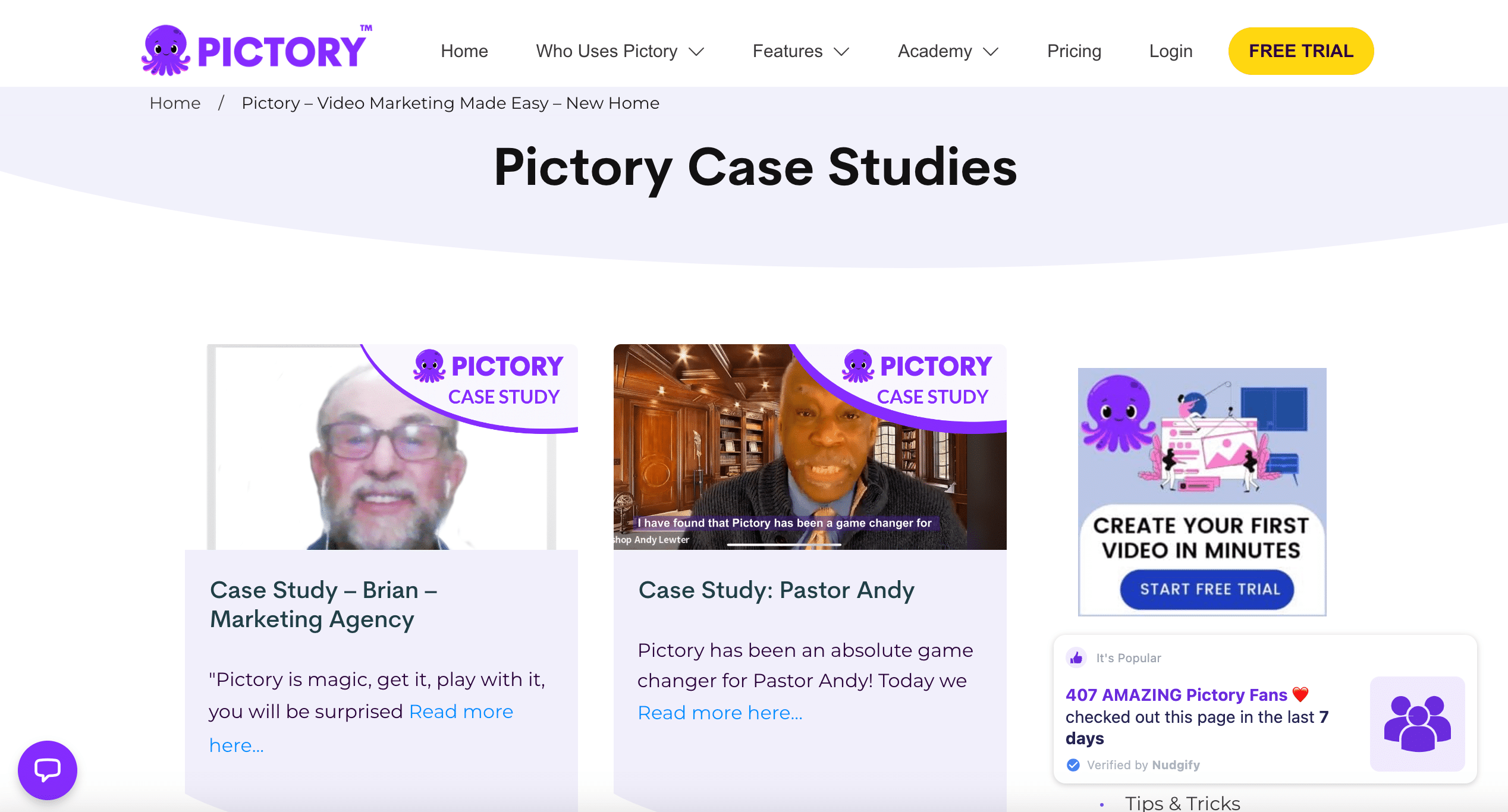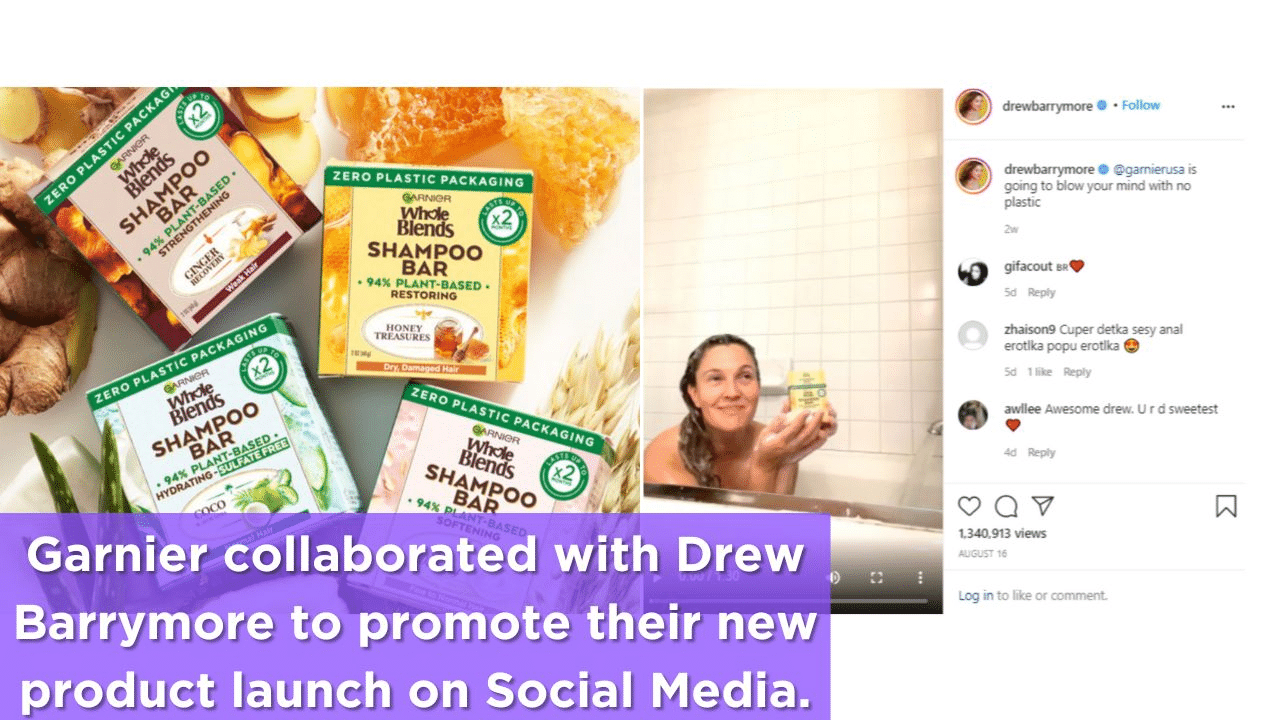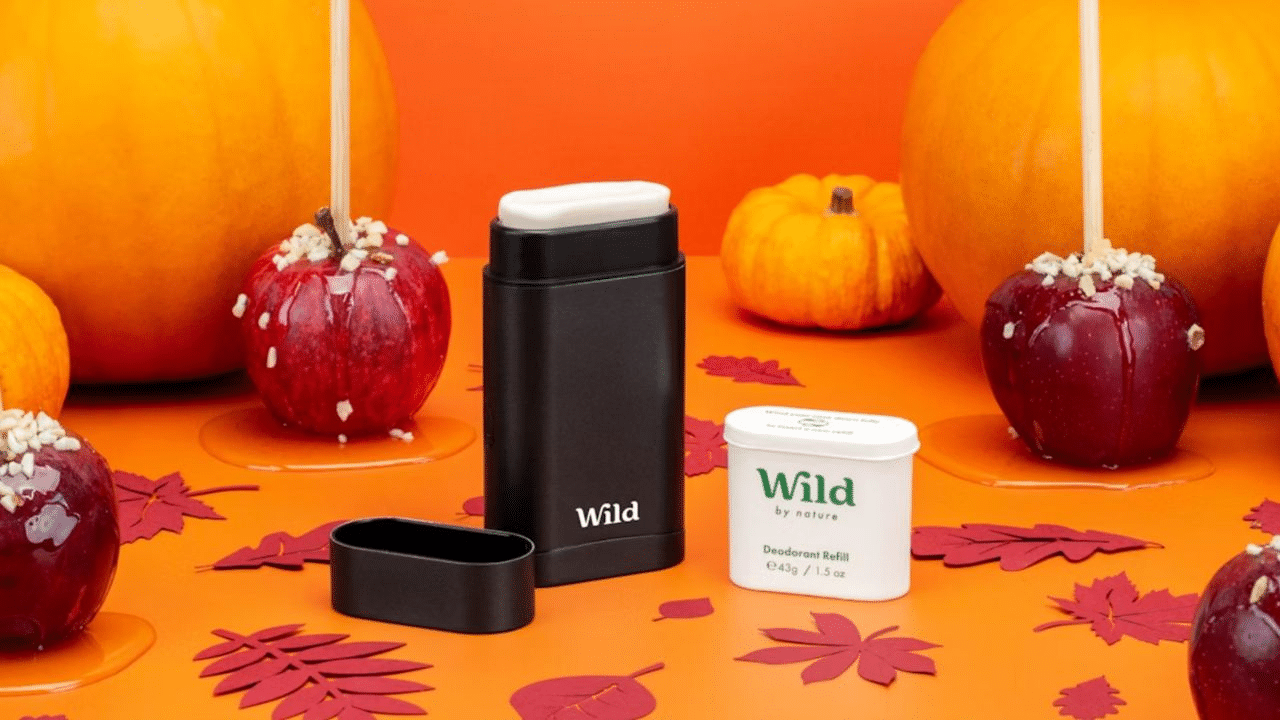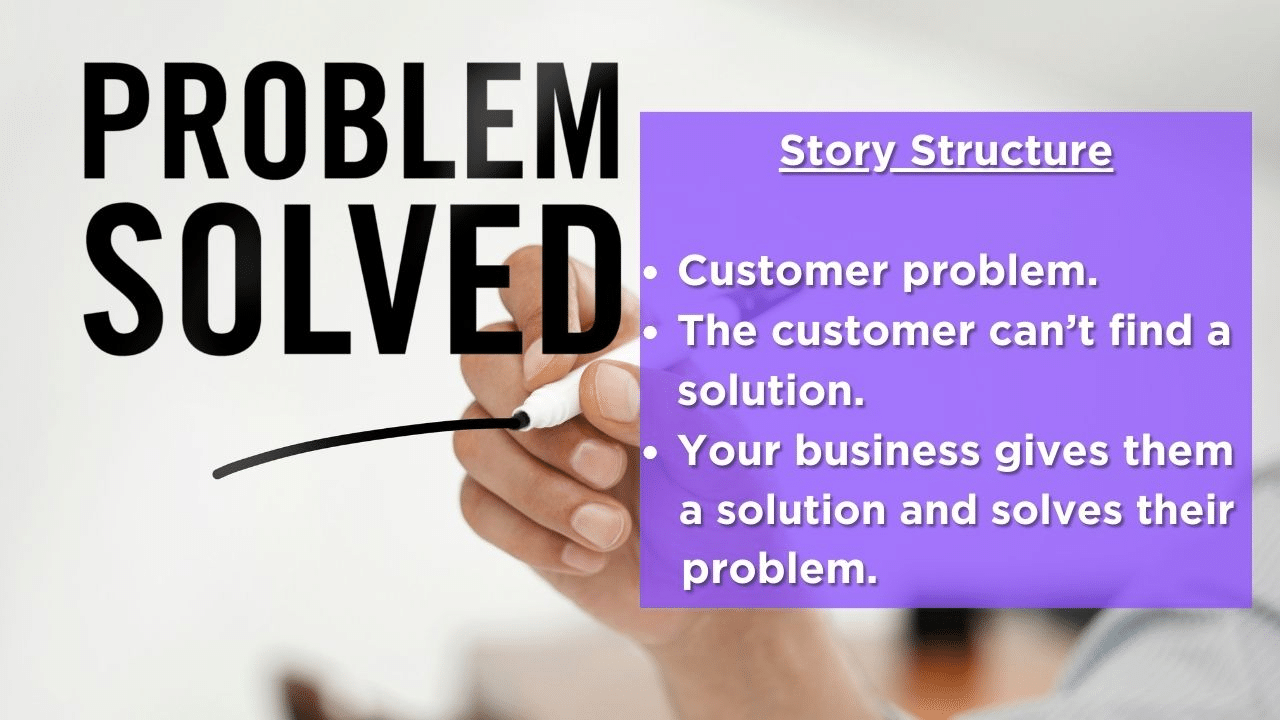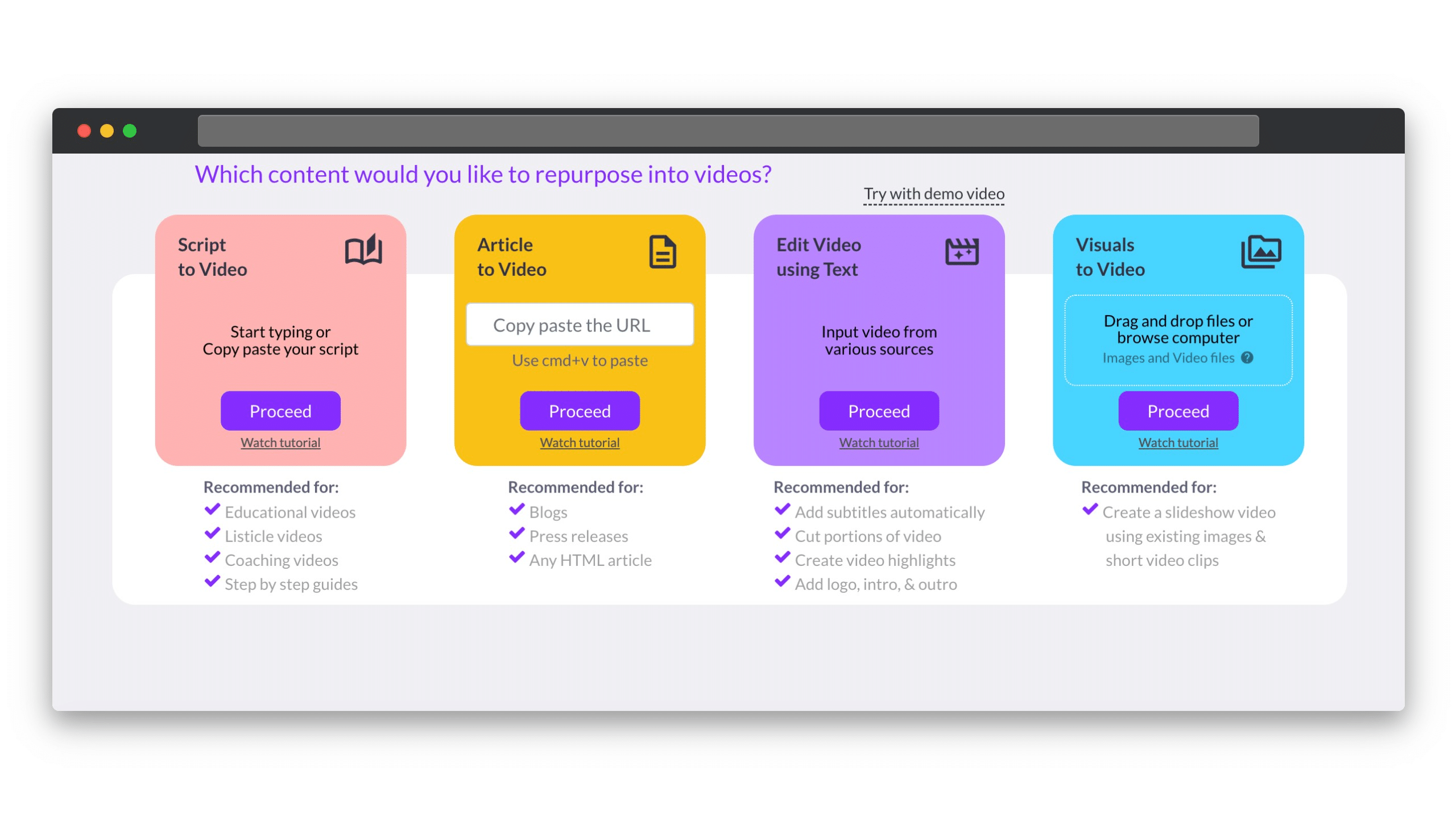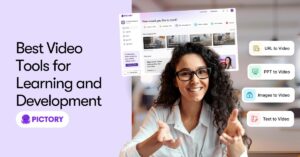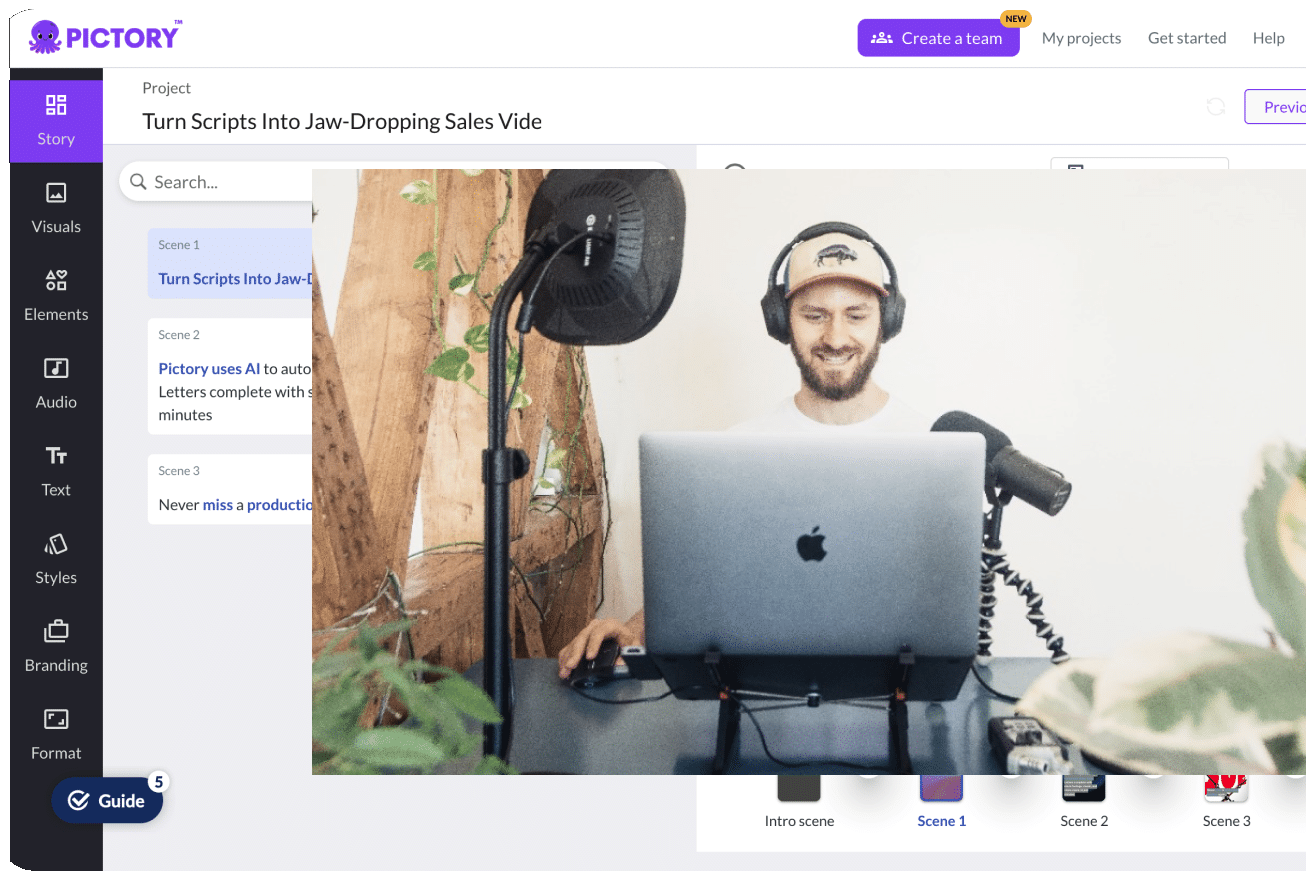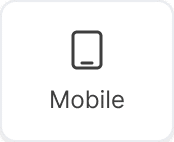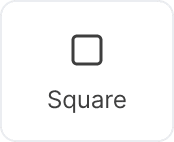https://youtu.be/In8tPSDxFgo?si=daHZhL8b7O4LGIPf
Even the most experienced content marketers find themselves struggling for ideas sometimes but for beginners, this can be especially challenging.
The pressure of lengthy marketing goals combined with the speed of online trends can make coming up with a fresh content strategy feel near impossible.
If you’ve been struggling with creating content lately or a cohesive strategy, we’re here to help with 9 creative content marketing examples to inspire your next moves.
TL;DR
-
A good content marketing strategy deals with all aspects of creating content, from finding your target audience and working out which social media platforms and types of content suit them best, to content ideation and aligning that content with business goals. It allows content marketers the freedom to be creative but also ensures they are always creating content that is meaningful and resonant with their audience.
-
Strong content goals will help you define your strategies, and each strategy within your wider goal can and should have different goals. A strategy focusing on building brand awareness will include different forms of content and platforms than strategies focusing on converting customers.
The Content Strategies at a Glance
-
The Educational Webinar Series
-
The Brand Takeover with Influencers or Industry Experts
-
The Seasonal Content Campaign
-
The Customer Success Showcase
-
The Interactive Content Challenge
-
The Employee Spotlight Series
The Basics of a Content Marketing Strategy
As the Content Marketing Institute aptly explains it, content marketing is concerned with engaging customers through information and entertainment first, as opposed to marketing that explicitly focuses on selling a product.
Content marketing can be a highly impactful tool for attracting prospective customers and boosting the overall success of a business with one important caveat: content is only as good as the strategy behind it.
A good content strategy will have:
-
Content goals that align with business needs with consideration of user base and desired outcome, and include relevant, actionable goals and the metrics to measure them by.
-
Content that addresses all areas of the Content Funnel to guide the user journey, with considered thought about what content works best in each section of the funnel.
-
Campaigns that feature different forms of content; each working best for different distribution platforms and relevant target audiences
Here are some aspects to consider and include in your content marketing strategy – many of which we’ve used to inspire the marketing examples we’ll be exploring later in this article:
Content Goals
Establishing clear content goals, KPIs, and metrics early on in your content marketing strategy not only illuminates where to focus your content creation efforts but can help inspire the creative juices.
In terms of deciding on SMART goals and relevant metrics for your business, we’d recommend looking at this article for in-depth examples.
Generally, content goals should be shaped by larger business objectives, what you’ve achieved so far, which section of the content funnel you’re aiming for, and who your target market is.
Goals could focus on brand awareness, engagement, or conversions, and each campaign in a content strategy should have a different goal behind it.
For example, a new company looking to boost brand awareness could set a goal for a 20% increase in follower count on their Instagram page in 3 months.
The Content Funnel
Utilizing the four stages of the content funnel correctly is key to a successful content marketing strategy as each targets a different stage of the buyer journey.
Awareness Stage:
Each stage of the content funnel maps out the buyer’s journey and the content that can support it and help move customers toward a purchase.
To start things off, it’s all about building brand awareness.
Content for this is targeted at generating interest with new, prospective customers.
It’s usually informational and quite broad in reach.
Consideration Stage:
Once aware of a brand, customers then weigh up the trustworthiness of their offerings.
Relevant content for this phase is anything that helps provide social proof and establish credibility.
Conversion Stage:
At the bottom of the content marketing funnel is the conversion stage.
Content for this phase should answer any final questions that might be keeping customers from making a purchase and take an audience into more detail than any other previous stage.
Retention:
The fourth step of the content marketing funnel is all about the customers who have already used your business.
Retention content strategies focus on drawing customers back and building a lasting relationship with them.
It’s also where content can be its most specific as it’s aimed at people who are already familiar with the brand.
Content Marketing Formats
Content creation can come in all shapes and sizes.
Here are a few examples of content formats that a content strategy ought to include:
Blog Posts:
When it comes to improving a site’s ranking on search engine results pages, very little beats a well-written blog post.
They remain one of the best ways to boost organic website traffic.
Social Media Posts:
Whether it’s images, text, or a combination, social media content is crucial for any content strategy.
The range of content formats differs a fair amount between social media platforms, as do dominant audience bases.
If you’re struggling to pick which social platforms to use for your content strategy, click here for a full guide.
Video Content:
Video marketing is a major part of any successful social media strategy, but also works in conjunction with other formats on this list such as email and blogs.
As such, video content can bring text content to life in an engaging and accessible way.
White Papers, eBooks, and Other Downloads:
These content formats work primarily as an educational tool in which businesses can share valuable information with their audience while also establishing thought leadership.
Webinars and Online Courses:
This type of content marketing often utilizes white papers and eBooks alongside either live video teachings or recorded material.
They can help bridge skills gaps that may be preventing potential customers from making a purchase and also build credibility.
In our list of marketing examples, we’ll share just how to integrate them into your own content marketing strategy.
Podcasts:
Audio content is yet another frontier that marketing strategies shouldn’t ignore, whether that’s paid advertisement on an existing podcast or the creation of a branded series.
Infographics:
A powerful combination of written content and visual elements, infographics are a crucial component for any educational content marketing campaigns.
Email:
Newsletters are the dominant format for email marketing campaigns and as we’ll show, are an integral part of content marketing strategies that aren’t just focused on generating leads, but re-targeting existing customers.
A Content Strategy Template
To bring everything that we’ve discussed together, let’s look at a content strategy template for Pickford Motors – a fictional online mechanic store:
-
Current Strengths and Weaknesses: Pickford already has a decent online following and has hit their sales objectives but has relatively few returning customers.
-
Goal Setting: Based on this, they’ve decided to build their content marketing strategy around retention, the final aspect of the sales funnel.
-
Their goal is to increase their rate of returning customers by at least 10% in the next 6 months.
-
Campaign Building: The next step is to create content that helps them boost customer retention.
This could look like an email marketing campaign that shows common product combinations, and a social media strategy that places greater emphasis on community and brand loyalty.
At every stage, it’s important that Pickford Motors conduct extensive keyword research to ensure their content is targeting their audience needs most effectively.
9 Content Marketing Examples You Can Start Using Today
To quote the musician and business icon, Rihanna, this is what you came for.
Here are 9 great content marketing examples to boost your business’s content strategy, generate leads, and set you up for success
1. User Generated Content
User-generated content (UGC) is content made about a brand by their audience.
It includes everything from online reviews and testimonials to social media posts in which customers show themselves using a business.
The value of user generated content is that it leverages existing customer relationships to build new ones.
A 2019 consumer study found that almost 80% of people attest to UGC affecting their final purchase.
Humans are social creatures and as a result, social proof, or the recommendations of others, factors hugely into our purchasing decisions.
UGC is essentially the online version of word-of-mouth marketing and allows the good experiences of existing customers to position a brand as more trustworthy in the eyes of new ones.
It’s particularly useful in the consideration and conversion stages of the sales funnel and something that with the right strategy, brands can encourage their audience to make more of. Here’s how:
Email Marketing to Encourage Reviews:
Follow up on recent purchases with an email newsletter asking customers to leave a review based on their experience.
Monthly Prizes for Users That Share Testimonials:
To incentivize UGC further, consider offering automatic entry into monthly raffles for those who leave testimonials.
Use Social Media Comment Sections:
If you’re not at the point with your business to set up an official online reviewing system, take a social media marketing approach instead.
You can ask followers to share their experiences in the comments sections of posts or as answers to Instagram story prompts.
This can then be followed up with a post highlighting notable answers.
Share and Credit UGC:
Sometimes a strong UGC strategy is as simple as being quicker to share content created by your community.
Besides the fact that UGC can be a source of free, high-quality content to use, the more you share, the more you encourage others to join in.
Just make sure to ask permission beforehand and credit the creator.
As a bonus, UGC can also be a fruitful area in which to gain fresh ideas for more content. Seeing what your customers are most excited about when it comes to your brand may very well provide valuable insights on where to take your content strategy next.
2. Educational Webinar Series
The educational webinar is an often-overlooked content marketing example, but it it’s one of the best ways to boost lead generation and show off a brand’s knowledge.
Generally, the topic of a webinar series falls into one of these categories:
-
Case Study: An in-depth look at how a business has been able to impact a customer or industry can be turned into a full webinar series framed as helping those who may have faced similar challenges, etc.
-
Compliance and Standards: Legal issues are a useful area to cover in webinars, especially if it’s something that would resonate with your target market.
-
Tutorial: Going back to our fictional business, Pickford Motors, a webinar series to run in this category could be about changing and maintaining car tires.
When trying to come up with webinar content marketing ideas, the main question to ask is what knowledge you can offer to your audience.
At their core, webinars are informational.
They can help brands establish leadership in their industry and be an opportunity to use their own business acumen to attract other businesses as clients, making them one of the best B2B video content marketing examples.
Related Reading: How I Created and Edited a Webinar with Pictory and ChatGPT
3. Takeover Series with Influencers or Industry Experts
If you’ve been struggling with content ideas, it may be time to turn to a third party for assistance.
Collaborating with influencers or industry experts can be a major boost to marketing efforts, especially if they bring an audience with them and are well-positioned enough to add real value to your brand.
This is technically a form of paid advertising as influencers and experts will need to be compensated, but they’re often worth it simply for how effective they can be at grabbing an audience’s attention.
A takeover series involves letting content collaborators post on a brand’s behalf and can cover varying topics such as that person’s favorite picks from the brand or an ongoing series about how it fits into their day-to-day life.
For example, the Pickford Motors version of this would be collaborating with a big influencer in the car world to share a video series documenting 7 days of car maintenance and the products they use regularly.
A great way to extend the impact of a campaign like this is to not only have it posted on say the brand’s own blog, but also the collaborator’s, thus helping with external link building and web traffic.
4. Product Launch Campaign
Of our content marketing examples, this is one of the most frequently underutilized.
Too many businesses make the mistake of limiting new product launches to a single blog or piece of social media content when it should ideally be a campaign that extends across several channels and formats.
Here’s a breakdown of what a product launch campaign could look like that encompasses multiple points of entry for customers:
Newsletter Sneak Peaks:
Reward past customers with an early look at the new launch and, if possible, information on how it compliments existing offerings that they may already have.
It rewards their loyalty and gives them a reason to return to your business.
Social Media Content to Anticipate and Support Launch:
Social media and video marketing can be used to boost awareness from new customers and build anticipation with your existing ones.
How-To Videos and Blog Posts:
A new product launch may come with new issues around usability, etc. so make sure to include how-to content as well.
We’d recommend doing blog content for the benefit of organic traffic, and videos on a YouTube channel or other platforms to add visual elements.
At Pictory, we even have a tool that can turn your blog post into a video so that you don’t necessarily have to create extra content.
AI video editors can be used by people with all levels of video editing experience (including none!) and are a simple tool that can elevate your content marketing instantly.
Ads and Product Clicks:
To give new launches an added boost, paid ads are often useful. We’d recommend using Google Analytics to help shape these effectively.
With ads and other forms of content that can be clicked on over to your product, remember to ensure that the landing page also includes compelling content that will clinch the final sale.
With all content strategies, but especially large campaigns, it’s also so important to build and plan an editorial calendar.
5. Seasonal Content Campaign
There is a reason that come fall, everyone’s content marketing efforts suddenly take on an autumnal hue.
Seasonal content campaigns are one of those content marketing examples that seem to work across industries.
Changing seasons bring changes to people’s routines, etc., which provide new pain points or concerns for content to target.
It’s also a valuable time to attract previous customers back, perhaps to update existing purchases or add to them for the new season.
Holiday-specific marketing campaigns are also an easy and effective way to engage users year-round.
Christmas, Thanksgiving, and Fourth of July are just some seasonal periods that give you easy design templates to follow when marketing your brand.
Throw some cobwebs and spiders in the corners of your posts, or use cheesy puns to quickly turn regular content into Halloween-themed content.
Also, Black Friday and other holidays can provide easy sales strategies for product sales and discounts, which can be integrated into content marketing campaigns with ease.
6. Showcase Customer Success Stories
A content strategy template that works well every time is that of the classic customer success story.
Though focused on a personal experience a customer has had with a brand, this differs quite significantly from UGC because the content is ultimately crafted by the brand, not the customer.
Here’s how you can build compelling content around customer success stories:
Story
Like any good story, you need a strong beginning, middle, and end. Structuring it like a traditional narrative helps draw people in and provides entertainment value to the promotional content.
Ideally, the structure of the story should play out as the customer first having a problem, struggling to find a solution, and then having great success by using your business. Show the full extent of the struggle to make the win your brand provided that much more impactful.
Character
The customer at the center of the story needs to come across as someone that audience members can relate to and root for.
A Point of Connection
Be it through the customer’s personal story or the context of how they used your business, there needs to be some experience or theme that your readers will be able to connect with that goes beyond your brand.
7. An Interactive Content Challenge
An interactive content challenge involves asking online followers to create and share content using or featuring your business offerings with possible prizes as an incentive.
You can reward the “best” content of each week or month or pick at random with any piece of content acting as an entry point.
Here or some tips for creating a great content challenge:
-
Make sure you have a prize that will be attractive to your audience and will encourage them to enter.
-
Create a challenge that will help show off your brand, its community, and shared values.
-
Get clear about the rules eg. what counts as an entry, what the cut-off date is, etc.
-
Always check that creators are happy for you to share their content. It can’t be assumed just because a challenge is running.
8. Employee Spotlight Series
When it comes to content ideas, businesses don’t always need to look outward.
Sometimes the best topics for targeted marketing are sitting right in your office.
An employee spotlight series isn’t just a convenient content strategy template, it’s something that can allow your audience to get to know your business better and build a more personal connection with you.
It’s also a chance to show off the expertise that your team has and build brand trust as a result.
9. Content Theme Days
Content theme days are a fantastic way to build a consistent, recognizable content template for your brand.
They can come in a variety of formats but ultimately are something that followers can look forward to seeing and interacting with each week.
Here are some examples to use:
-
Monday Motivation: Share customer success stories.
-
Tuesday Truths: Run a weekly Q&A on socials.
-
The Wednesday Who’s Who: Feature employees and what products they love from the brand, etc.
-
Thursday’s Three Things: Share three things happening at the business that week whether that’s orders being packed, something silly in the breakroom, or even a sneak peek at new launches.
-
Friday Fun: Use this day to go meme-crazy with your content and share a little end-of-the-week fun.
Make Your Content Campaigns Your Own
With all these templates and examples, adding your spin on things is important.
Here are some key aspects to keep in mind when adapting content ideas to your business:
Remember Your Target Audience
Everything needs to be shaped around your target audience and buyer personas.
The tone, nuance, and exact topics covered should be relevant to their interests and concerns.
Data and Analytics
Tools like Google Analytics and general data analysis from your socials and search engines can shed light on which types of content your audience responds to most.
Use that to shape how you enact the content examples discussed.
You’re Your Own Best Content Marketing Strategy Example
This might seem a little corny but it’s actually a shrewd business approach to look at your business’s content history, buyer personas, and performance to decide what content strategies will work best.
You may even find that you already have a type of content that’s done well and just needs to be tweaked so it can be used as a repeatable template.
From Strategy to Success
The most important thing to note about these content marketing examples is that they all include different forms of content to attract different audiences in different places.
Within the current social media landscape, capitalizing on video marketing has never been more important or more simple.
With an online video editor, repurposing your text content into videos can take minutes.
And when it’s time to build your video content marketing strategy, Pictory is the online video editor you need in your arsenal.
No bulky software download. No expensive freelancers. No video editing experience needed.
Just quality video content that will convert users fast.
Sign up for a Pictory account today and enjoy 14 days of risk-free content creation.

